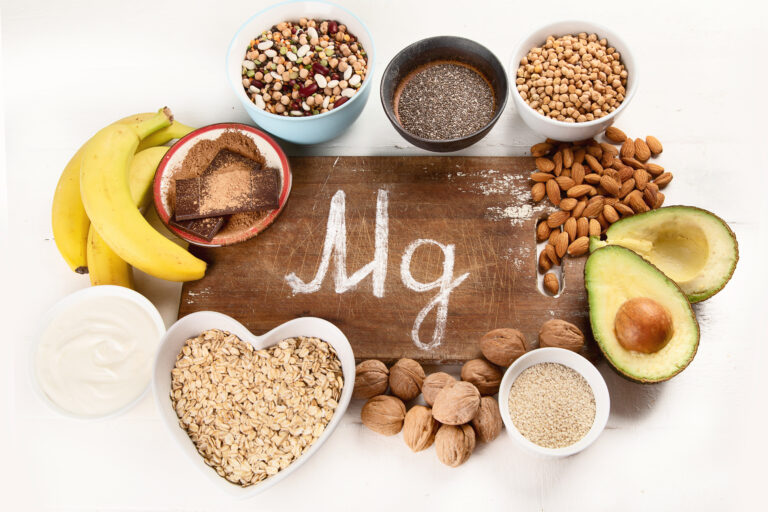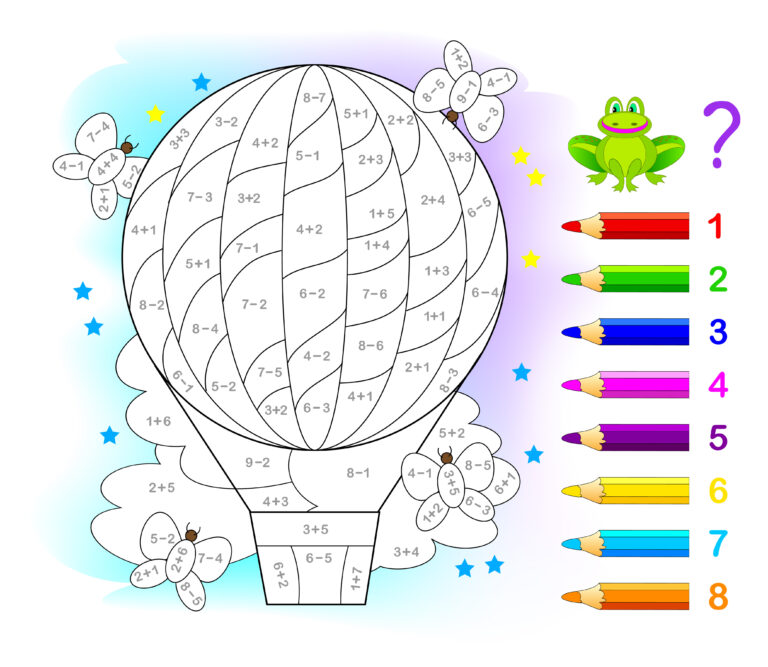At home, we often feel the safest and most comfortable. It’s a place where we can relax, unwind, and spend quality time with our loved ones. However, what many of us may not realize is that our homes can also be filled with potential hazards that can pose a threat to our loved ones’ safety. From sharp objects to toxic chemicals, it’s important to be aware of these hazards and take necessary precautions to keep your loved ones safe at home.
One of the most common hazards found in households is falls. According to the National Safety Council, falls are the leading cause of non-fatal injuries in the United States, with more than 8 million emergency room visits each year. Young children and older adults are especially vulnerable to falls, as their balance and coordination may not be fully developed or may decline with age.
To prevent falls, it’s important to keep your home free of clutter and ensure that all walkways are clear. This includes securing loose rugs and removing any obstacles that may be in the way. Installing handrails on staircases and in bathrooms can also provide added stability, especially for older adults. It’s also crucial to teach children to always use a sturdy step stool instead of climbing on furniture to reach high places.
Another potential household hazard is choking. Small objects such as coins, buttons, and small toys can easily become lodged in a child’s throat and cause choking. To prevent this, make sure to keep small objects out of reach of young children and regularly inspect their toys for any loose or small parts. It’s also important to cut food into small, manageable pieces for young children to prevent choking while eating.
In addition to physical hazards, there are also several chemical hazards that can be found in our homes. Cleaning products, pesticides, and even certain plants can be toxic and pose serious health risks if ingested or inhaled. To keep your loved ones safe from these hazards, always store cleaning products and chemicals out of reach of children and pets. It’s also important to read and follow the instructions carefully when using these products, and use them in a well-ventilated area to avoid inhaling any toxic fumes.
Fire is another potential hazard that should not be overlooked. According to the National Fire Protection Association, there were over 350,000 home fires reported in the United States in 2019. To keep your loved ones safe from fire, it’s important to have working smoke detectors installed on each floor of your home. It’s also crucial to have an escape plan in case of a fire and to regularly practice it with your family. Keep flammable items away from heat sources and never leave candles or cooking appliances unattended.
Electrical hazards are also something to be aware of in your home. Frayed cords, overloaded outlets, and faulty wiring can all cause electrical fires or electrocution. To prevent these hazards, make sure to inspect all cords and appliances regularly for any damage, and replace them if necessary. Never overload outlets and make sure extension cords are not twisted or tangled. It’s also important to teach children the dangers of playing with electrical outlets and cords.
Lastly, water-related hazards should not be overlooked, especially if you have young children at home. Drowning is the leading cause of death for children under the age of 5, according to the Centers for Disease Control and Prevention. To prevent this, always supervise children around any body of water, including pools, bathtubs, and even buckets of water. Make sure to also securely cover any pools or hot tubs when not in use.
In conclusion, keeping your loved ones safe from household hazards requires awareness and proper precautions. Regularly inspecting your home for potential hazards and taking necessary steps to prevent accidents can go a long way in ensuring the safety of your family. It’s also important to educate your loved ones, especially children, about these hazards and how to avoid them. By following these simple steps, you can create a safe and healthy environment for your loved ones to thrive in.





